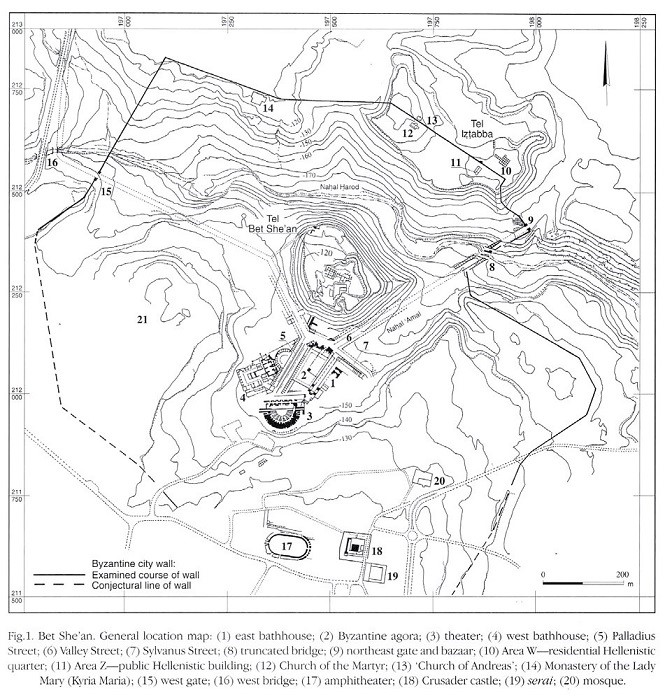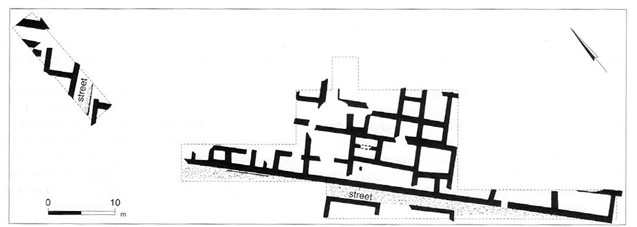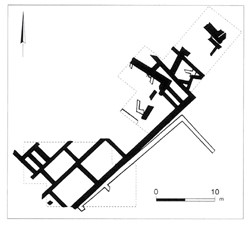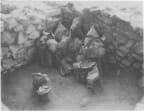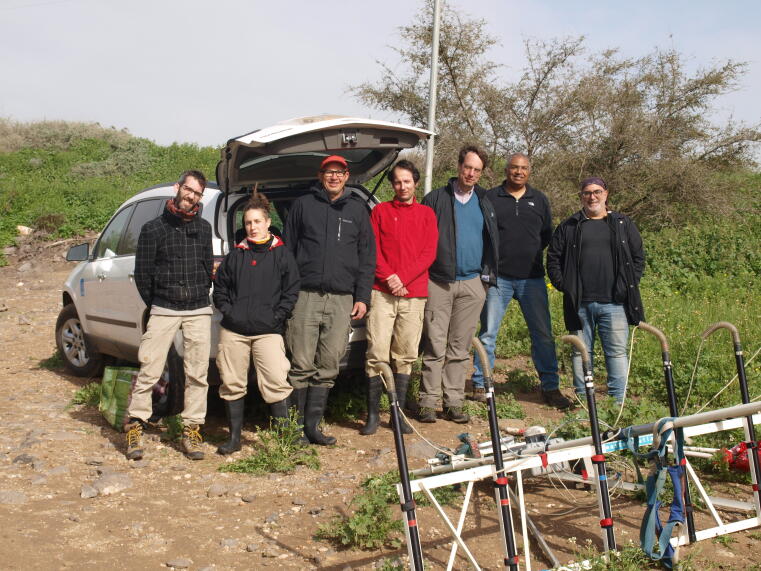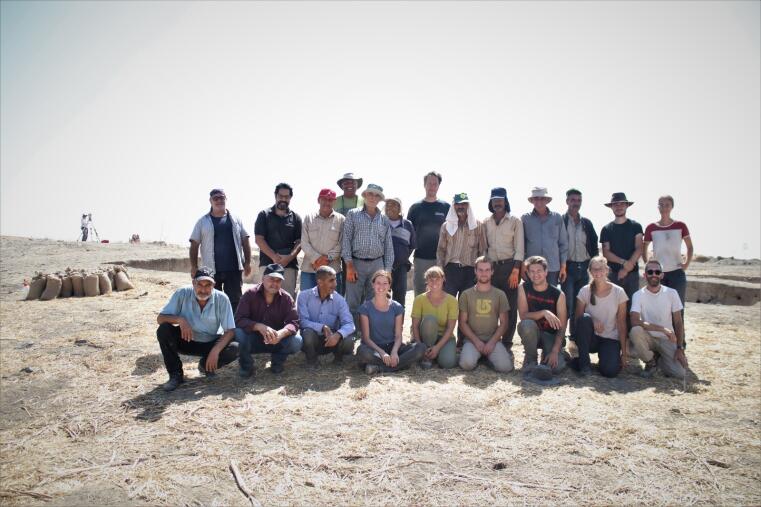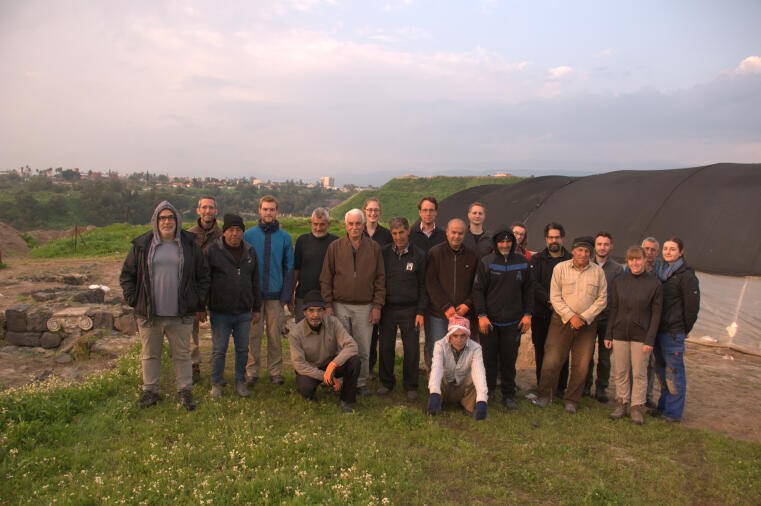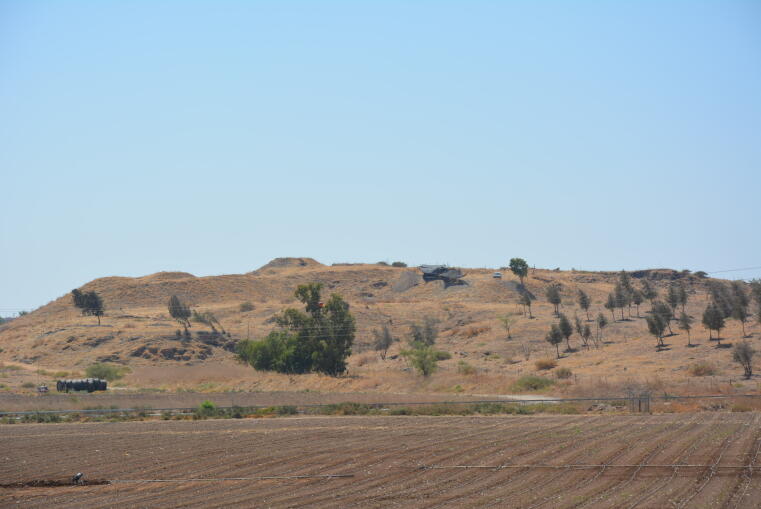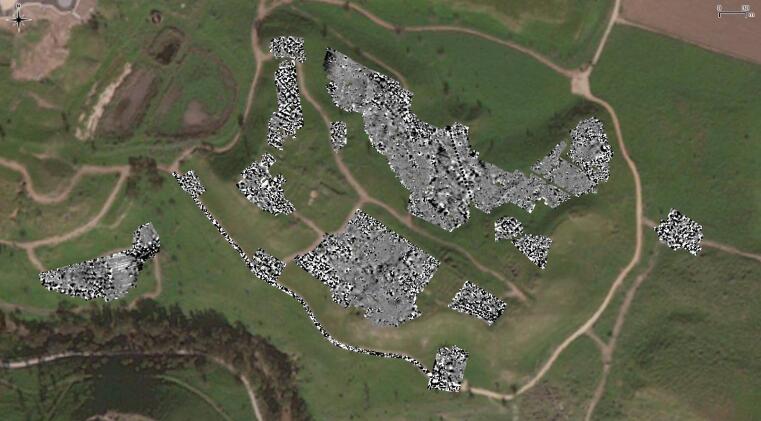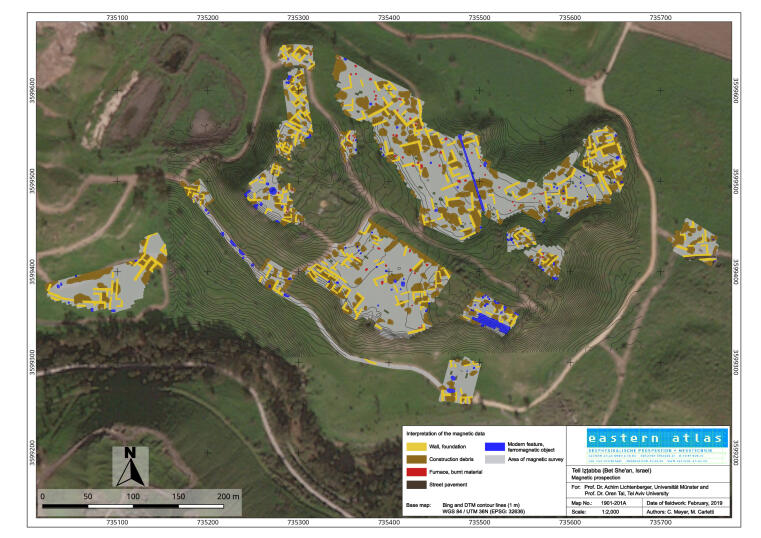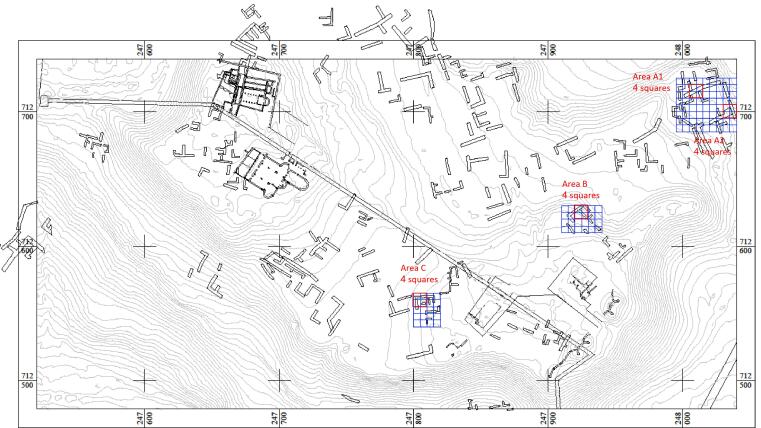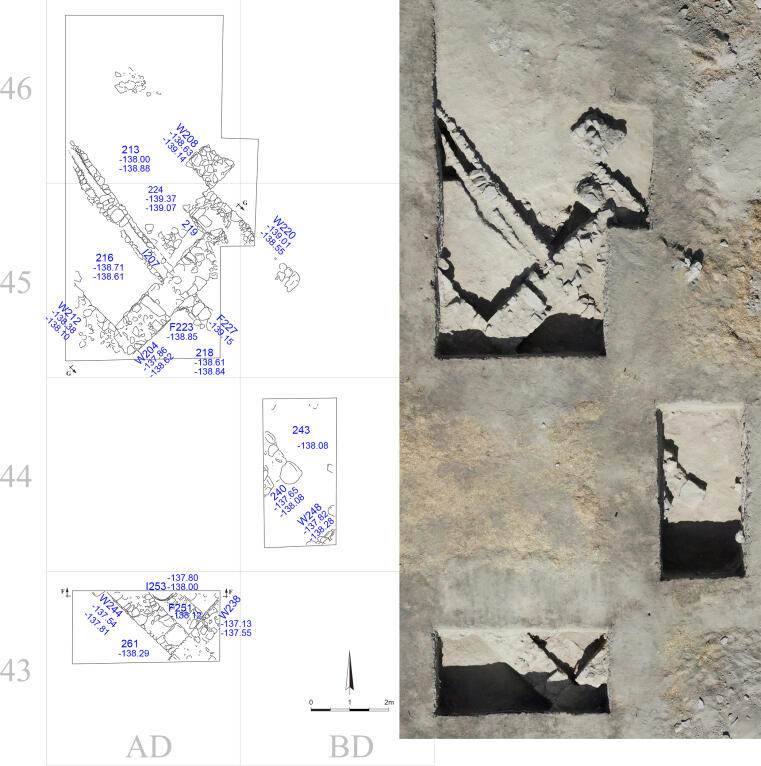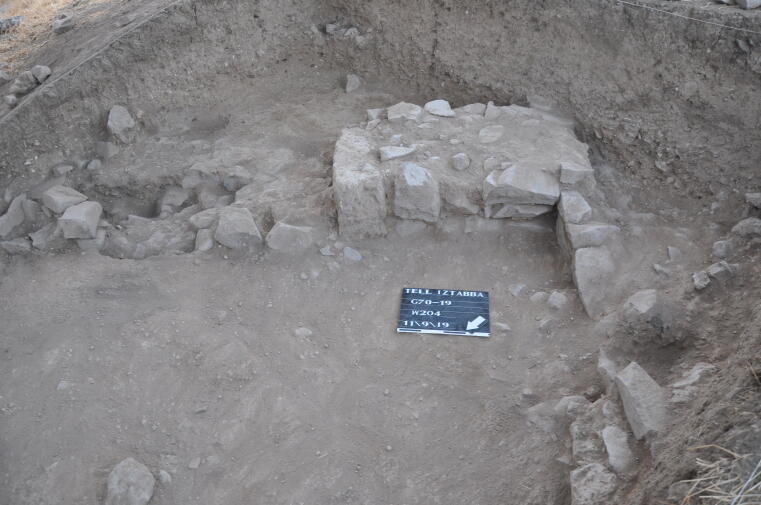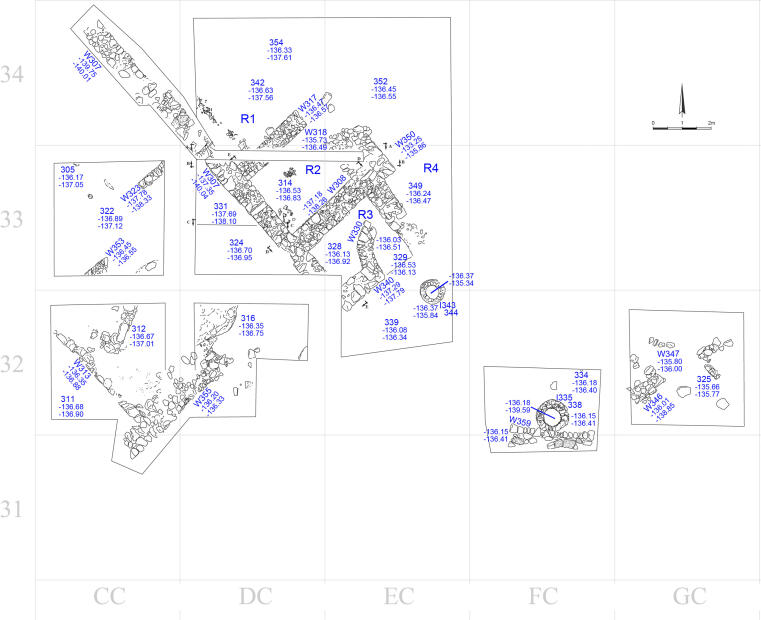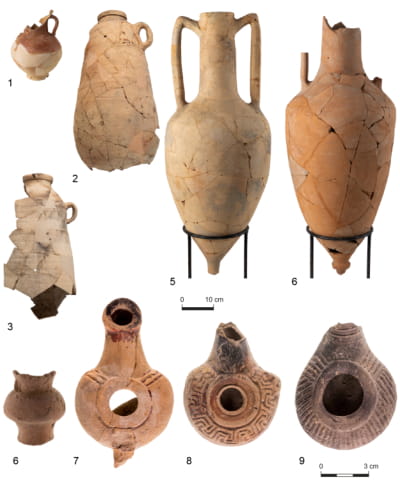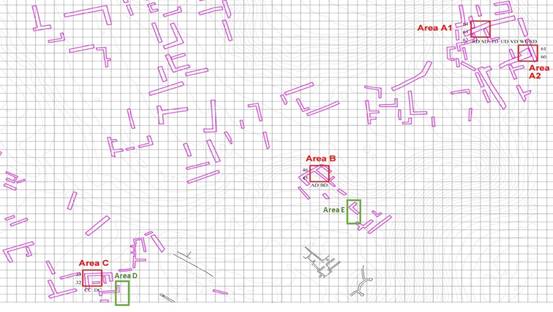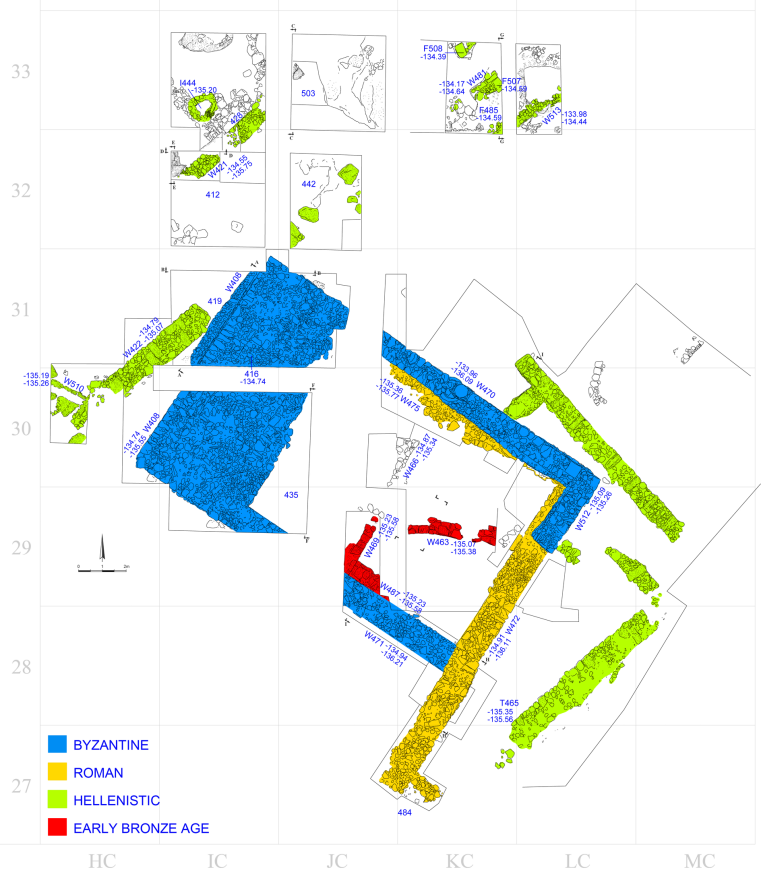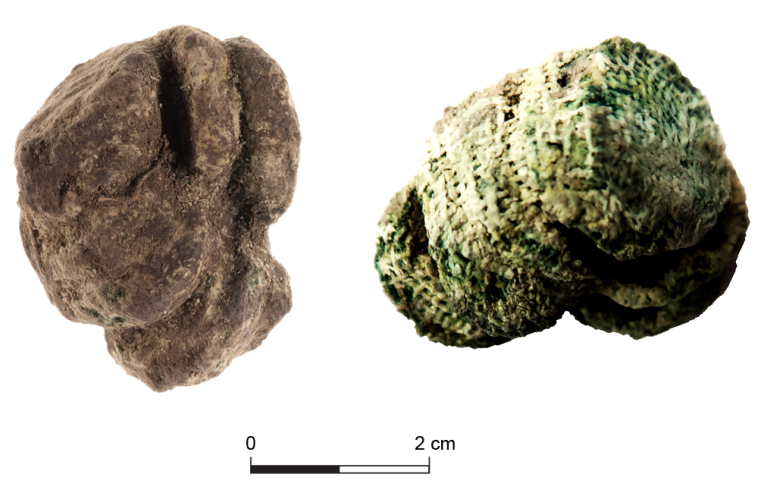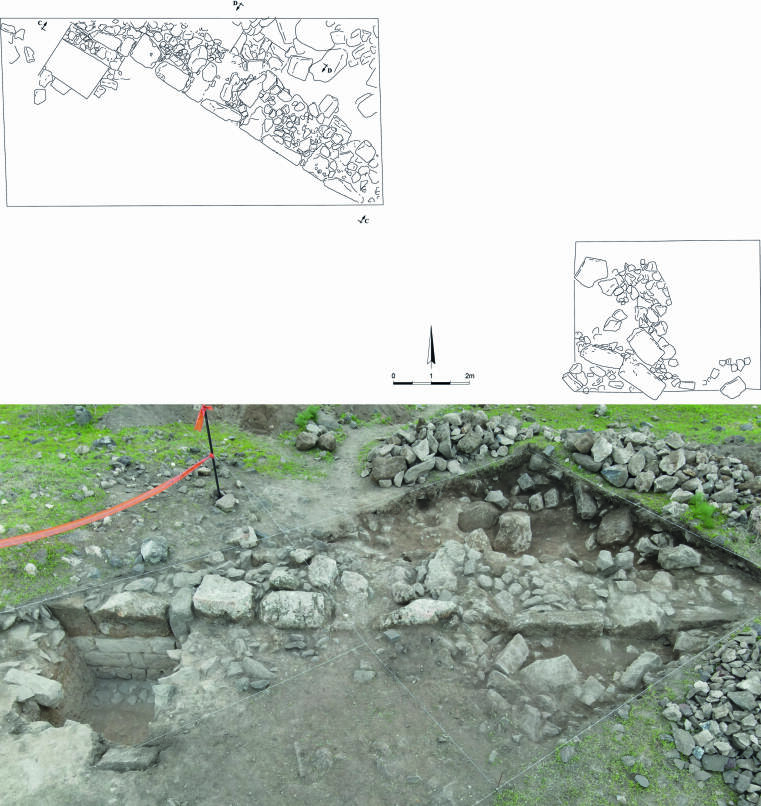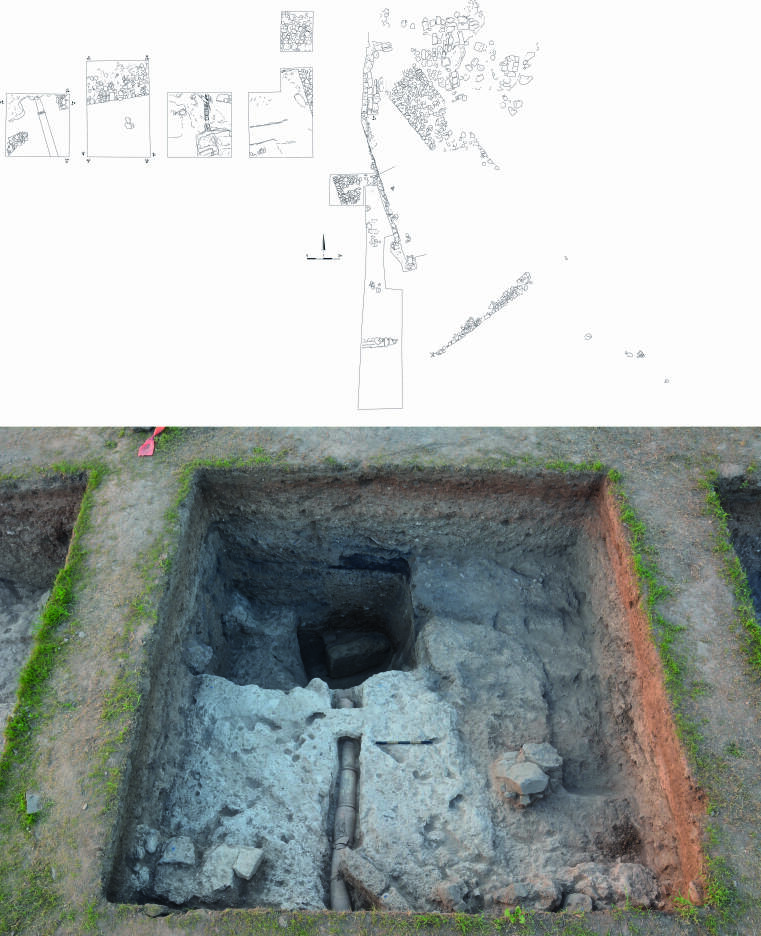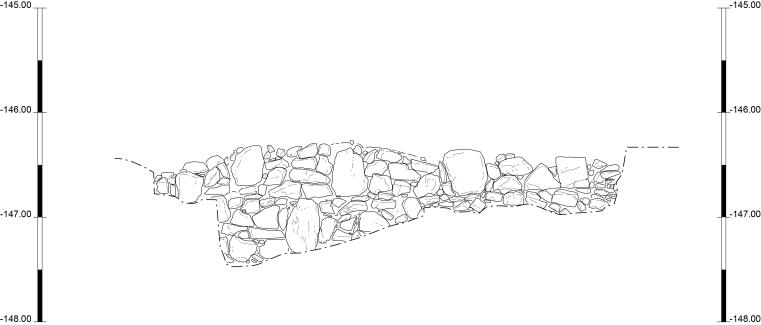German-Israeli Tell Iẓṭabba Excavation
General outline & Introduction
Our Archaeological Project “ Tell Iẓṭabba (Nysa-Skythopolis) – eine seleukidische Gründung im Nahen Osten/Tell Iẓṭabba (Nysa-Skythopolis) - a Seleucid Foundation in the Near East ” is a German-Israeli Archaeological Project funded by the Deutsche Forschungsgemeinschaft (DFG) and co-headed by Achim Lichtenberger of the Classical Archaeology Department of the University of Münster/Germany and Oren Tal of the Sonia and Marco Nadler Institute for Archaeology at the Tel Aviv University/Israel. The dig takes place on Tell Iẓṭabba (East), which is a mound (tell) in the northern part of the ancient city of Nysa-Scythopolis (fig. 1), biblical and modern Beth Shean, in the northern Jordan valley in Israel. Beth Shean was re-founded as Scythopolis on the biblical Tell Beth Shean, in the third century BCE under Ptolemy II Soter, but during the Fifth Syrian War (202–195 BCE) the entire region was conquered by the rivalling kingdom of the Seleucids of Syria. The Hellenistic town was re-founded on Tell Iẓṭabba by Antiochos IV as Nysa. This is confirmed by the analysis of coins and stamped Rhodian Amphora handles. The town did not exist for a long time; the conflicts between the Seleucids and the rising power of the Hasmoneans of Judea bring to an abrupt and violent end to the Seleucid-funded town on Tell Iẓṭabba in 108/07 BCE by John Hyrcanus who conquered and destroyed the town and sent its inhabitants into exile. Only under Pompey the Great in the first half of the 1st century was the city rebuilt. However, the majority of the Roman-period city was excavated in the area stretching south of the foot of biblical Tell Beth Shean. Scythopolis now was a thriving city of the Decapolis. At present, no excavation on Tell Iẓṭabba brought any extensive Roman remains to light. Only in the 5th and 6th centuries CE, during Christian-Byzantine rule, were three churches and adjacent structures built on Tell Iẓṭabba, as well as the Byzantine-period city wall.
